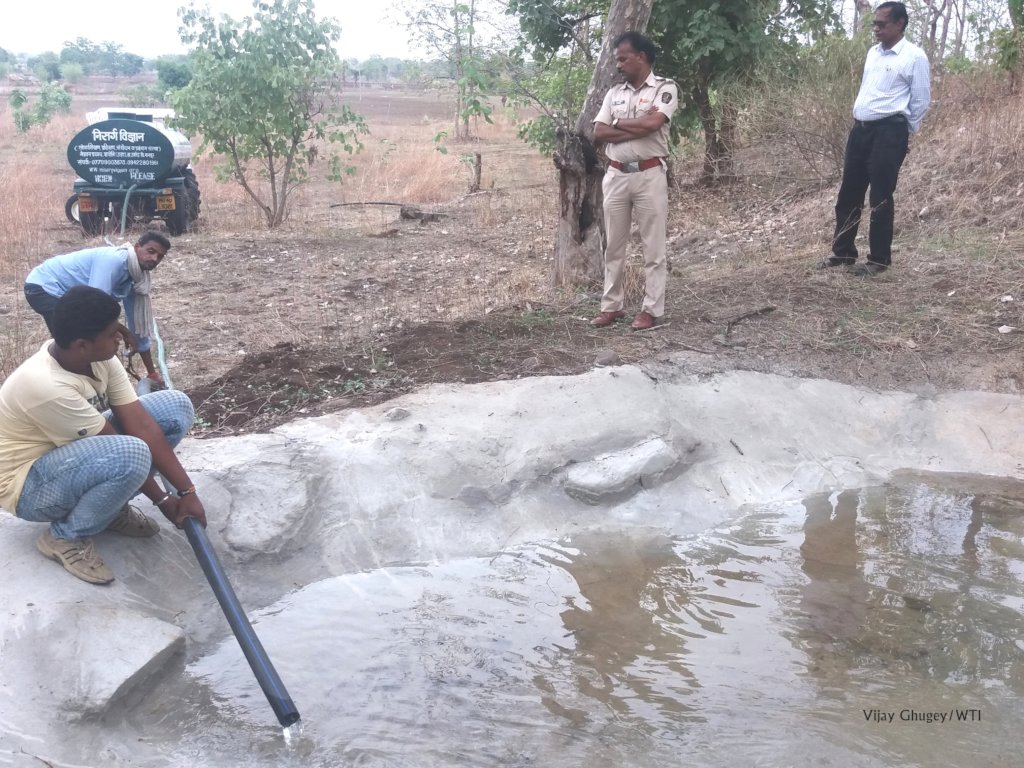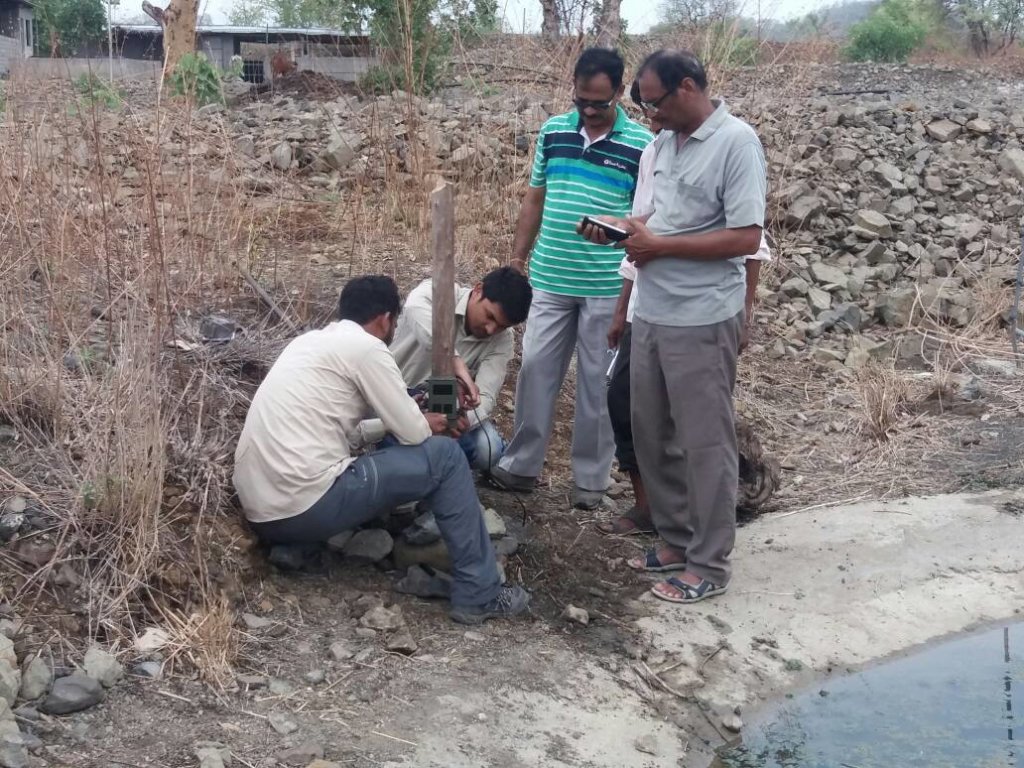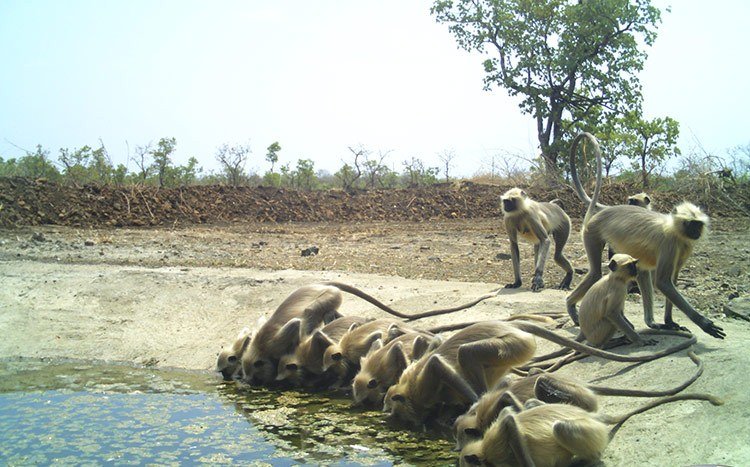By Snehaa Sundaram | Asst. Programme Officer-Wild Aid Division
Today with forests shrinking, corridors play a critical role in balancing ecological processes and animal movement. By providing landscape connections between larger areas of habitat, corridors enable migration, colonisation and interbreeding of plants and animals. Royal Bengal Tigers being highly territorial, dominant individuals often chase away other males from their territory so here corridors play a significant role in connecting two landscapes and keeping their population viable.
Muniya conservation reserve located in Umred-Bhivapur region in Nagpur district, Maharashtra is one such wildlife corridor connecting Bor Tiger reserve in Umred-Karhandla Wildlife Sanctuary and Tadoba- Andheri Tiger Reserve. Tadoba-Andheri Tiger landscape holds a booming tiger population with over 40 tiger individuals in the protected areas of the landscape and is one of the most sought after parks for tiger tourism. Tigers often move out of the PA into Muniya conservation reserve which is spread across 1700 hectares of protected forest and 710 hectares of reserve forest. This corridor harbors leopards, blackbucks, and several bird species including the critically endangered Great Indian Bustard.
With summer season approaching in India, surface water repositories in protected areas and wildlife corridors are essential to quench the thirst of all biota. Thirst can be one of the major causes for wildlife mortality, either directly or indirectly by driving animals stray out of their natural habitat and bring into conflict with humans. While seasonal depletion of water bodies is a natural phenomenon in certain landscapes, in the recent years this has been accentuated by climate change and anthropogenic pressure on habitats.
Temperatures soaring as high as 40 degrees Celsius during summers, surface water are premium in the corridor area. Muniya conservation reserve holds four major waterholes that completely go dry leaving the landscape arid for tigers and prey. To address this issue immediately, with the able support of GlobalGiving, WTI helped replenish these waterholes and help wildlife. Every week for a period of three months, eight to ten water tankers (capacity of 4000 litres each) supplied a total 200,000 litres of water was refilled into the strategic waterholes. Dr.Vijay Ghugey, President of NISARG VIDNYAN from Nagpur( the project proponent) said,” Our organisation would like to thank WTI for the generous support to help us continue our efforts of maintaining waterholes in the landscape. We hope we have your helping hand in the coming years for more such conservation activity requirements”.
Camera traps were also installed around the waterholes to witness the species visiting the waterholes. Apart from the great diversity of wildlife species ranging from birds, civet, mongoose, Indian Wolf and Spotted deer, we were thrilled to also observe indirect evidences such as pug marks of Royal Bengal Tigers and leopards.
By Snehaa | Assistant Project Officer
By Debobroto Sircar | Assistant Manager - Wild Aid
Project reports on GlobalGiving are posted directly to globalgiving.org by Project Leaders as they are completed, generally every 3-4 months. To protect the integrity of these documents, GlobalGiving does not alter them; therefore you may find some language or formatting issues.
If you donate to this project or have donated to this project, you can recieve an email when this project posts a report. You can also subscribe for reports without donating.
Support this important cause by creating a personalized fundraising page.
Start a Fundraiser

